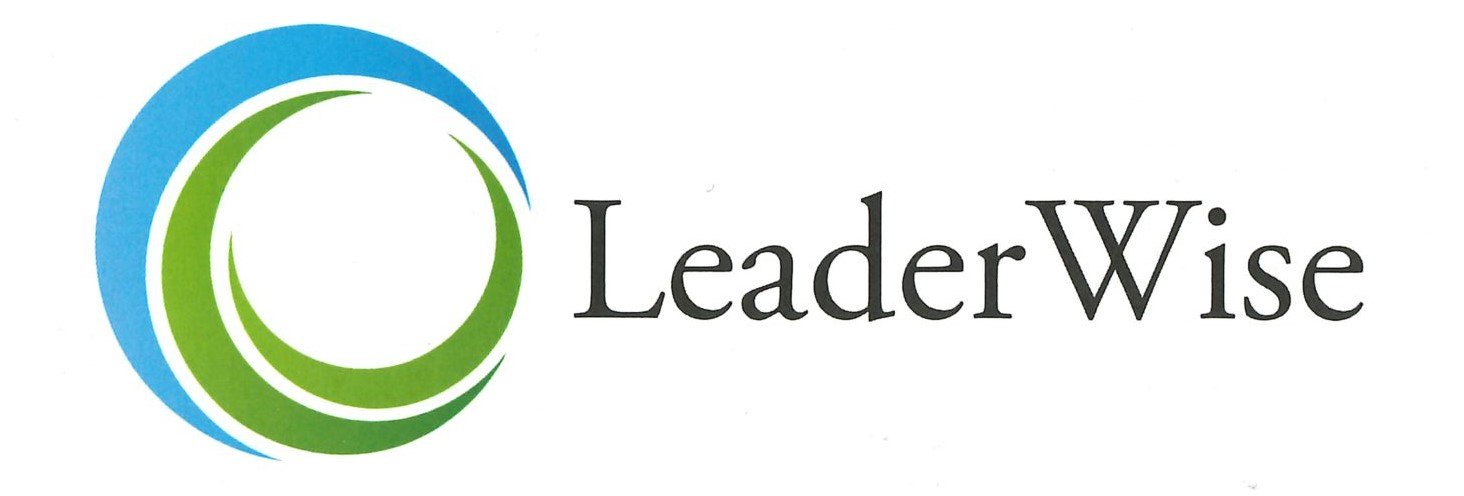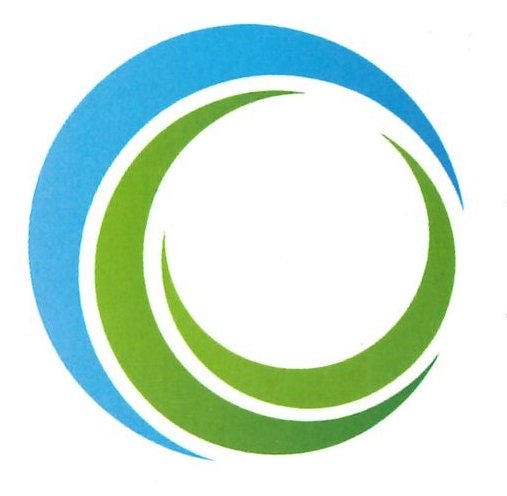Laughter as a Vitality Source for Practitioners
Resilience Task 11: Have Fun and Be Playful
by Thomas Skovholt, PhD, LP, ABPP, Professor Emeritus University of Minnesota
“The person who invented autocorrect should burn in Hello.”
“Always remember you’re unique just like everyone else.”
“Take my advice, I'm not using it.”
“A bank is a place that will lend you money if you prove you don’t need it.”
“To avoid taking down my Christmas lights, I turned my house into an Italian restaurant.”
“Hedgehogs, eh? Why can’t they just share the hedge?”
“Every novel is a mystery novel if you never finish it.” * `
A Central Task for Helping Practitioners
Based on reading the outcome research and from hundreds of hours as a helper-counselor-therapist-advisor-clinical supervisor-mentor, my view is that the central contribution for helpers to the client is: to be heard-felt-known at a deeper level, to be intensely present in the painful affect of the client’s distress. The most powerful healing ingredient is not offering unsolicited advice, not offering premature optimism, not offering self-disclosures of how I did this or that, not offering a popular new theory / method (or an old one either). Being present in the distress is a powerful antidote to loneliness, despair, shame, guilt, anxiety, and other energy-grabbing human emotions. Yes, of course, there is more to helping relationships than being present in the client’s distress. Here, I am focusing on this often-difficult central task.
The danger is the power of the practitioner’s “sadness of the soul’ and its companions like burnout, compassion fatigue, empathic stress fatigue, vicarious trauma, the loneliness of one-way caring, and feeling unsuccessful. There are many strategies to combat conditions like burnout. At work, it is valuable to learn how to be professional and playful, have fun, tell jokes, share cartoons, and laugh in the right way and the right context, always respectful of clients and never making light of their distress. Laughing, humor, playfulness can feel good and shield us in the hard work of helping. There can be fun, zest, relish, delight, enjoyment, gusto, enthusiasm, and exuberance.
How does one laugh in a serious environment? It takes time to learn the art and science of laughter at work. Students in training often lose their sense of humor because they worry that it will be perceived as unprofessional and unethical. In time, one’s sense of humor can emerge from hiding, and find a proper place in the environment of the helping professions (Skovholt and Ronnestad, in press for 2024).
Yes, helping practitioners are earnest and serious. Their work environment is often filled with serious human problems. The paradox is that laughter, humor, fun and play at the right time and the right place help bring vitality to the serious work of the helping professions.
I will end with a saying my Dad used when picking up the phone at his Engineering fraternity. It was 1931 in the depths of the Depression, and he was facing unemployment after graduation. He would answer the phone and say: “Isle of the Pine Down by the Sea, Ha Ha, Keep on Smiling.”
References
* Six jokes in quotes are verbatim from the internet
Skovholt, T.M & Ronnestad, M.H. (in press for 2024). The Evolving Practitioner from Early Career Anxiety to Later – Usually – Competence. In Skovholt, T. M. and Trotter-Mathison, M. The resilient practitioner: Burnout and compassion fatigue prevention and self-care strategies for the helping professions, Fourth Edition. New York: Routledge.

